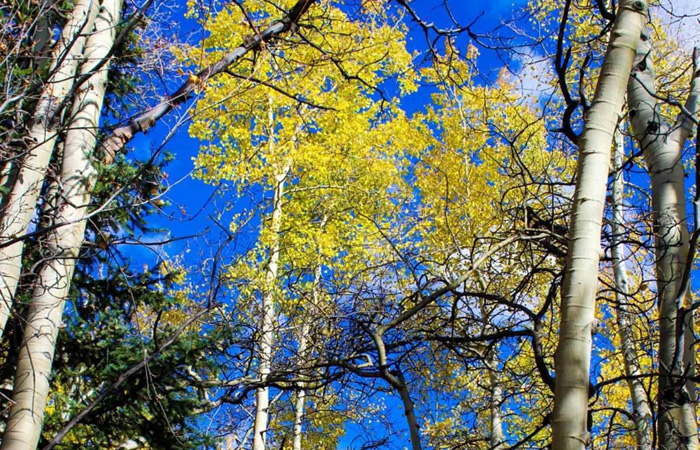My garden has been a challenge ever since I bought my house in La Broquerie, located in a clearing of aspen forest, nine years ago. Firstly, because most of the existing thin forest soil had either been cleared away or covered with gravel from the basement excavation. Secondly, because the tall aspen trees surrounding the yard shade all areas of the garden for a good portion of the day. And finally, because the gravelly soil drains quickly and requires more irrigation.
As much as possible, I have tried to use the principles of Permaculture to guide my actions. Permaculture is a design approach which, among other things, emphasizes cooperation with nature and has twelve principles:
- Observe and interact;
- Catch and store energy;
- Obtain a yield;
- Apply self-regulation and accept feedback;
- Use and value renewable resources and services;
- Produce no waste;
- Design from patterns to details;
- Integrate rather than segregate;
- Use small and slow solutions;
- Use and value diversity;
- Use edges and value the marginal;
- Creatively use and respond to change. [Refer to the Wikipedia entry for ‘Permaculture’ to view a brief explanation of each principle]
Here is what I tried:
After gardening for one year where the previous owners had spread some topsoil, I relocated the garden to the area with the most sunlight (although still not a lot). (Prin. 1,2,4) It took me two years to realize that the soil in the plot I’d created only amounted to the depth of my tiller’s tines, and was underlaid with pure packed gravel. At this point, I could have just trucked in a load of topsoil from somewhere else. But that reaction of using brute force to override the problem is not consistent with a Permaculture approach. (Prin. 6,8,9,11) So, I reasoned that I could try building soil with what was available. My solution was to try “double-digging”, to open the packed gravel and allow the roots to penetrate deeper. Double-digging is basically digging two spade-depths deep and inverting the soil. I removed the larger rocks and mixed in some old straw bales. My hope is that with the packed gravel broken open, roots could now reach deeper and, over time, build the organics in the lower soil. (Prin. 2)
Still, with so little fertile soil, I had to make the most of what I had. To avoid wasting it on unproductive areas, I removed the soil from the pathways and added it to the double-dug rows. This effectively created raised beds of deeper, more fertile soil. The next year, I wanted boxes to hold in the beds. The boxes needed to be simple so that I could get growing quickly (Prin. 3), but also inexpensive and use the resources I had. Trembling aspen grow straight and split quite well, so I removed some problem trees (Prin. 6,11) and, after some online research, tried my hand at splitting them into rails with wedges. It worked well enough so I could pin the resulting half-logs in place with rebar spikes to create the garden boxes. Of course they look rather rustic, and will certainly rot within 5-10 years – but they are effective and easy to replace. (Prin. 4,9). Since I don’t need to walk over the rows, the need for tilling is reduced, which allows for a healthy complex of fungus and bacteria structures to develop naturally in the soil. These complexes then support the companion-planted crops above. (Prin. 10) I also use lots of mulch to suppress weeds and hold in moisture, (Prin. 5,6) and so far, every year I’ve noticed fewer weeds and better soil quality.
My standard crops (beans, carrots, onions, potatoes, tomatoes etc.) have had a mediocre levels of success – certainly nothing to brag about. But over the years the crops have significantly improved. The soil is richer, deeper, and full of fungal threads and worms (a very good sign). This points to a fundamental fact that I’ve come to understand, albeit slowly: Soil is your first crop. Even if your soil isn’t poor, one of your main roles as a gardener is to always make more soil. If your garden begins and ends with that objective, it will be fruitful.
When I started gardening I was inexperienced. I have done some silly things. But my efforts have never been wasted. I can say that I feel now like I know my garden. We’ve grown together… and this year we’ll be a little better than last!




